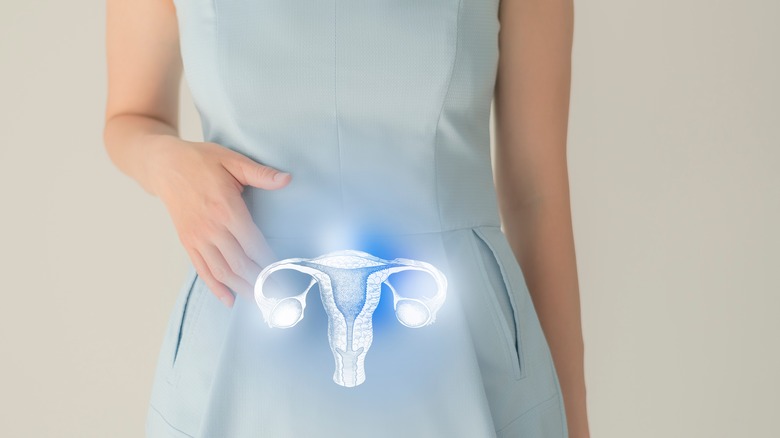What Is Secondary Infertility?
For many parents, bringing a child into the world is one of the most precious moments of their lives. It's a dream of many to start a family, and some people even plan out their children's names years before they are born. The ability to conceive a child is something we may not take enough time to appreciate, as the World Health Organization reports that at least 48 million couples around the globe struggle with infertility.
When trying to conceive, there are many factors that can contribute to infertility, and they can come from both sexes. Women may experience infertility when a fertilized egg fails to survive after attaching to their uterine lining, according to MedlinePlus. Additionally, infertility could happen if a woman's ovaries cannot produce eggs, or the eggs have trouble traveling from the ovaries to the uterus.
Infertility in women can be caused by medical factors such as cancer, diabetes, autoimmune disorders, clotting disorders, thyroid disorders, eating disorders, and hormonal imbalances. There are daily habits that can contribute to female infertility, such as a poor diet, excessive alcohol consumption, smoking, or too much exercise.
A couple's ability to conceive can also be affected by the health of the male partner. Male infertility can be caused by insufficient or abnormal sperm production. Men who were born with birth defects, have hormone imbalances, or have undergone cancer treatments can experience infertility. In addition, excessive drug use and smoking may play a role in male infertility. Depending on whether or not the couple has been able to conceive before, doctors may classify this as primary or secondary infertility.
Secondary infertility vs. primary infertility
As defined by MedlinePlus, primary infertility occurs when a couple cannot become pregnant after one year of unprotected sex without having previously conceived a child together. In comparison, secondary infertility happens when a couple who was able to conceive a child in the past is now having trouble doing so. The possible causes for secondary infertility are similar to those of primary infertility.
Penn Medicine emphasizes that a woman's potential risk for secondary infertility rises after the age of 35. Secondary infertility can also occur in women with damaged fallopian tubes, endometriosis, or polycystic ovarian syndrome. Like primary infertility, abnormal production of sperm can contribute to secondary infertility in men.
Although there are some recognizable contributing factors, there is also the possibility of unexplained cases of primary and secondary infertility. However, there are potential treatment options for those dealing with primary or secondary infertility. These include oral and injectable medications, intrauterine insemination (IUI), and in vitro fertilization (IVF).
Wanting to conceive a child but being unable to do so can be a heartbreaking experience. One might find it beneficial to reach out to others for help. For couples with infertility, social support is available. Resolve: The National Infertility Association shares virtual support groups, a professional services directory, and additional resources for individuals who are experiencing issues with fertility.


